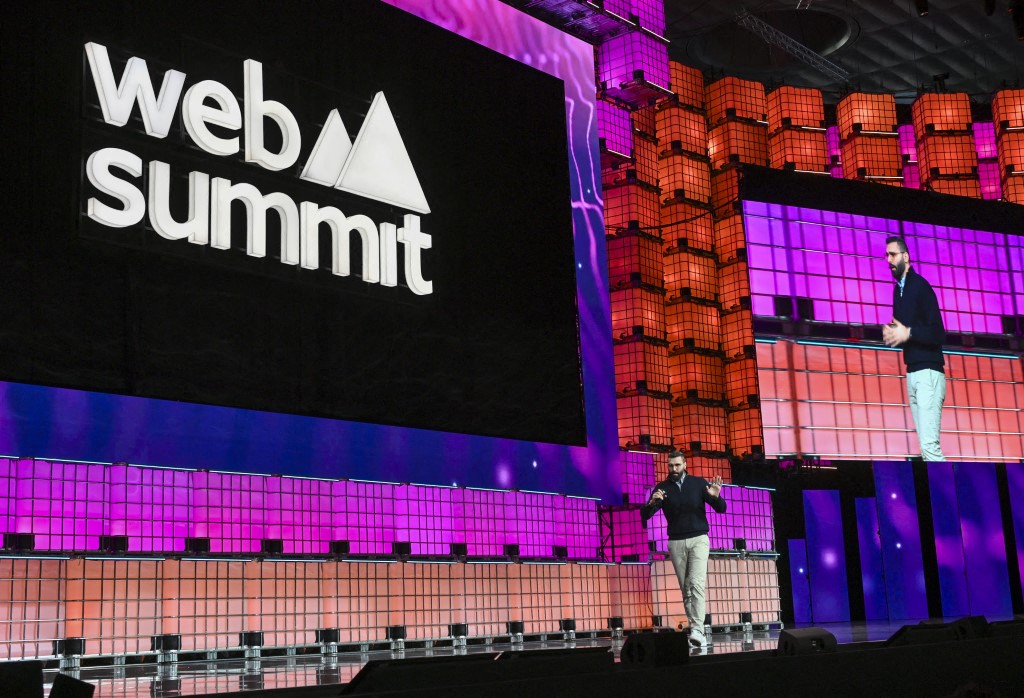Work transformation continues to be one of the biggest challenges that organizations continue to face today. The future of work strategies needs to look at both technology and company culture as a means to support employee experience and drive exceptional customer experience. Video calling applications across the globe, Zoom being one of the most popular ones, have helped businesses bridge gaps and connect during unprecedented times.
Communicate spoke to the Managing Director at Zoom for the MENA region, Sam Tayan to further explore the future of work culture and its effect on organizations.

How is Zoom perceiving work-from-home culture in the post-pandemic era?
Rather than focusing on work-from-home as a primary option, the future of the workplace will be hybrid. Many employees, including our own, place a high value on flexibility.
The workplace is about to undergo a significant upheaval. The growth of flexible and highly customizable workspaces to support the modern workforce, embracing technology like video communications, virtual receptionists, and conference rooms with purpose-built hardware to fit the needs of a hybrid work environment, is one significant trend we're likely to witness.
What was the key insight collected by Zoom to educate and host events centered around work culture?
It is becoming increasingly difficult to remember how we used to work prior to the pandemic, as the work culture has changed significantly ever since the implementation of social distancing rules and is not set to change anytime soon. A virtual event we hosted recently was the work transformation summit which was centered around this ideology and the lenience toward hybrid work forms which we are witnessing on a global level.
The summit dealt with the various work styles which have emerged in the past two years, the reset of professional ideology related to the traditional work model and how meaningful work and customer connections can be built in the cyberspace. The office space is also being reimagined through these changes, which led to a discussion on how workspace designers can optimize the workplace. Finally, we discussed how Zoom is approaching the next phase of work to provide an example of a digitally enabled and partial return to the office.
With respect to the MENA region, how is the work culture evolving?
As we go forward in the post-pandemic period, hybrid working is gaining traction throughout the Middle East, and businesses and employees alike are seeing the benefits. In fact, according to research conducted in the United Arab Emirates, 64% of employees believe that the option to work from anywhere, whether in the office or at home, is a driver of fulfillment and professional happiness.
Flexible work paradigms must be supported by organizations. Businesses can provide employees more choice in how they arrange their workweek by allowing them to choose whether they come into the office or participate in events digitally, resulting in increased productivity and a better work-life balance. It's one thing to use collaboration software to manage a remote workforce; it's another to figure out how to use it effectively to succeed in the future of work. You can build a happier, more productive hybrid workforce by strategically implementing solutions.
How do you believe the pandemic contributed to the introduction of these features? What led to this model of work culture?
Due to the nature of the "new normal," global and local businesses adopted a hybrid work model after being satisfied with the results of remote work, allowing them to easily return to a remote work style, making them highly adaptable to any situation, including the recent emergence of the Omicron variant and the latest wave of the pandemic.
Working from home is no longer an unusual or difficult task for most of us, as we've had plenty of practice over the last two years. It should, however, have taught employers the need of using cutting-edge collaboration tools and technology to safeguard the business's long-term viability. The events of this year have also demonstrated the importance of having a contingency plan in place since it is necessary to expect the unexpected. Zoom has always thrived on providing enterprises with solutions that allow them to keep their lights on and go forward despite the distances that the public has been faced with. We've enhanced our core unified communications solution with new capabilities to provide clients with all they need to support digital and hybrid workplaces.
What has changed in the post-pandemic era and how do you think advertisers and marketers can improve productivity among their employees?
As collaboration technologies continue to transform the way we work, a number of new applications, use cases, and ways of engaging different audiences – both internal and external – have emerged. Around the world, in various lines of business and across multiple industries, these technologies are enabling companies globally to streamline business operations, extend audience reach, and increase customer satisfaction.
Zoom is helping CMOs to engage customers and prospects through a larger audience, but it’s also helping streamline internal communication between marketers and advertisers, making more room for collaboration in terms of creativity and ideation.






